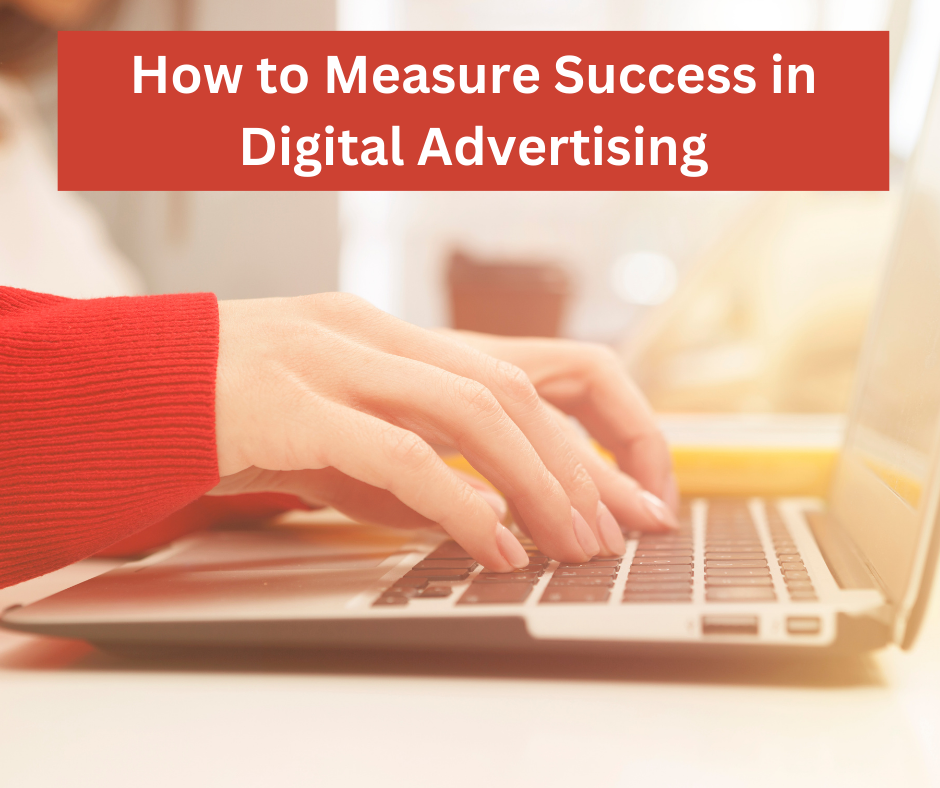Success in advertising doesn’t come easy. With countless platforms, strategies, and metrics to consider, it’s no wonder marketers often find themselves lost in a sea of data. But fear not, because in this comprehensive blog post, we will be unlocking the secrets to measuring success in digital advertising. Gone are the days when advertisers relied solely on vague metrics like impressions, reach, and click-through rates.
Now, with digital advertising, it’s time to take a deep dive into the real indicators of success. Imagine this: you’ve poured hours, days, maybe even weeks into crafting the perfect ad campaign. You’ve meticulously chosen the right platform, refined your targeting, and crafted compelling ad copy.
In this blog post, we will explore the key metrics that truly matter when it comes to measuring success in digital advertising. From conversion rates to return on ad spend, we will break down each metric and explain how they can help you understand the effectiveness of your campaigns. So get ready to unlock the secrets and take your digital advertising game to the next level!
The Evolution of Advertising Metrics in the Digital Landscape
In the ever-changing world of digital advertising, metrics have played a crucial role in measuring the success of campaigns. However, these metrics have evolved over time as advertisers strive to gain a deeper understanding of their audience and campaign performance. Gone are the days when impressions and reach were the sole indicators of success. Today, advertisers need more comprehensive metrics that provide insights into their return on investment (ROI) and campaign effectiveness. Let’s take a closer look at how advertising metrics have evolved in the digital landscape.
One of the most significant changes in advertising metrics is the shift from traditional media to digital platforms. With traditional media, advertisers relied heavily on metrics such as circulation or viewership numbers to gauge their campaign’s reach. However, with digital advertising, marketers now have access to more granular data that allows them to measure engagement and conversions.
Understanding the Importance of Measuring Success in Digital Advertising
Measuring success in digital advertising goes beyond just counting impressions or clicks. It involves understanding how your campaigns are performing and whether they are achieving your desired objectives. To do this effectively, you need to focus on key performance indicators (KPIs) that align with your goals.
Conversion rates are one such KPI that measures how many users take a desired action after seeing your ad. Whether it’s making a purchase, signing up for a newsletter, or downloading an app, tracking conversions gives you valuable insights into your campaign’s effectiveness.Another important metric is click-through rates (CTR), which measure the percentage of users who click on your ad after seeing it. While CTR alone may not indicate success, it can help you assess the relevance and appeal of your ad creative and targeting strategies.
Uncovering the Power of Return on Ad Spend (ROAS)
Return on ad spend (ROAS) is a metric that measures how much revenue you generate for every dollar spent on advertising. It provides a clear picture of your campaign’s profitability and helps you allocate your budget more effectively. To calculate ROAS, divide the revenue generated from your ad campaign by the total cost of the campaign. For example, if you spent $1,000 on advertising and generated $5,000 in revenue, your ROAS would be 5 ($5,000 / $1,000).ROAS allows you to compare the performance of different campaigns or channels and make data-driven decisions about where to invest your advertising dollars.
The Role of Click-Through Rates (CTR) in Assessing Campaign Performance
Click-through rates (CTR) have long been a staple metric in digital advertising. It measures the percentage of users who click on an ad after seeing it. While CTR alone may not indicate success, it can provide insights into the effectiveness of your ad creative and targeting strategies.A high CTR suggests that your ad is resonating with your target audience and driving engagement. On the other hand, a low CTR may indicate that your ad needs optimization or that it’s not reaching the right audience.
To improve CTR, consider refining your targeting parameters to reach a more relevant audience or testing different ad creatives to see which ones perform best.ConclusionAs digital advertising continues to evolve, so do the metrics used to measure success. Impressions and reach are no longer enough; advertisers need more comprehensive metrics that provide insights into their return on investment (ROI) and campaign effectiveness.By focusing on key performance indicators such as conversion rates, return on ad spend (ROAS), and click-through rates (CTR), advertisers can gain a deeper understanding of their audience and make data-driven decisions about their campaigns.
The AI Web Agency is dedicated to helping our clients grow their business. Growth is the DNA and foundation of our focus in everything we provide to our clients. The AI Web Agency offers marketing services that make our client’s phones ring, their websites fill with visitors, and keeps their existing clients engaged. We deliver this growth both online and offline, to local businesses and national brands. We leverage the power of AI to provide precision personalized content delivered via Email, Web, and Social Media to help businesses grow.









